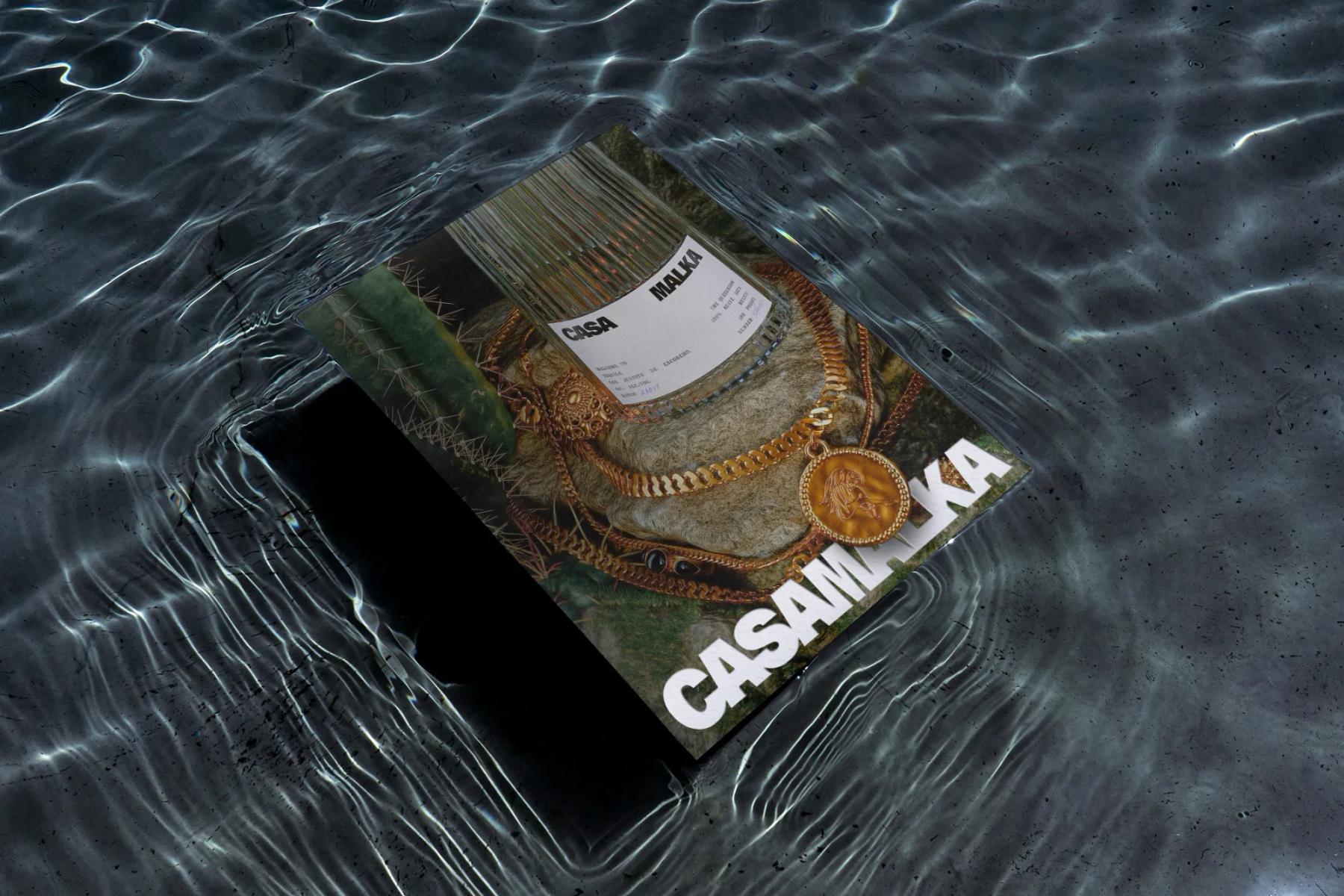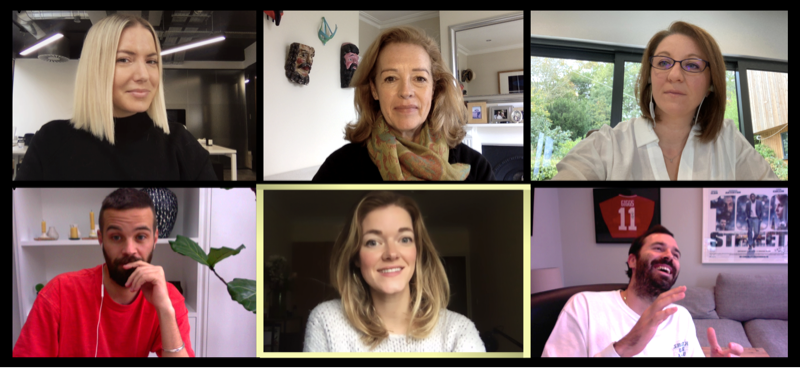Hard truths about building brand community: it’s difficult, it’s time-consuming, and it requires enormous commitment. But the brands that get it right will flourish. For the latest episode of our Private View(s) podcast, we chatted with CULTURE DEFINED founder Viktoria Wyckman about embracing a slower approach to creative work.
Creative agency Culture Defined has worked with brands including Cheap Monday, Estrid and Monki on projects that span physical experiences, cultural collabs and content series. Their whole philosophy is about treating consumers as friends, rather than transactions, and respecting the time and effort it takes to build long-lasting positivity.
So when Viktoria joined us for the 26th episode of our podcast, PRIVATE VIEW(S), we jumped on the chance to ask her why community is so important to today’s brands – and what it means beyond thousands of followers or likes.
We also discussed the breakneck speed of branding and, perhaps controversially, her thoughts on branding’s big problem with short-termism.
Scroll down for some soundbites from the episode, and listen to the whole thing on SPOTIFY, SOUNDCLOUD AND APPLE PODCASTS.
BRANDING'S INEVITABLE EXPANSION
“There’s ultimately a big shift happening in the whole wider advertising industry, where brands become so much more than a product and consumers become so much more than a consumer. That’s a really interesting evolution. It’s coming back to what community was back in the day – it’s not a community through selling a product, but through exchanging things, sharing things, inviting to different things."
THE TRUE DEFINITION OF 'COMMUNITY'
"I think brands get it so wrong sometimes when they think, ‘yeah, we have a following on Instagram, and those million followers are our community’. Is it really? How do you define them as a community? They buy your product, and that’s very transactional, but what else? What else are you giving them?"
MOVING AWAY FROM A TRANSACTIONAL MODEL
“It’s exchange, it’s collaboration, it’s meetings, it’s making people feel like they’re part of something. And currently, I think the landscape of big brands are creating a very transactional model and assuming that people will follow, but that’s not the case."
A SLOWER APPROACH TO BRAND-BUILDING
“So many things are going slower. The whole sustainability movement is about slowing down. But then on social media and online, everything is about speed and attention. Attention spans are getting shorter and everyone is being overwhelmed, but no-one is doing anything about it. Agencies are still saying to brands to be there every day, every time, on top of mind, and it’s going to be massive burnout for a whole generation."
LIFE BEYOND THE PRODUCT
“It’s understanding what touch points a brand can add to a community beyond selling a product. How can we have our people, our friends, connect with each other and create that common ground? In more practical terms that could be physical events that aren’t just a big, one-off pop-up experience that will last for a week. It’s creating something that can last over time."
LESS FLASH-IN-THE-PAN CREATIVE MOMENTS
“It’s less about spending millions on a TVC ad and it’s less about spending millions on billboards or a lot of paid media behind social posts. It’s more about slower longevity work whether that’s physical events, loyalty programmes or content formats that can live over time and create legacy, rather than just selling a product."
A DIFFERENT TAKE ON BRAND BELONGING
“If you’re Nike or adidas, or a smaller up-and-coming brand, how can you make your audience feel like they’re members rather than an audience and consumers? It’s moving from a product transaction to a membership transaction. What does that look like across the board? It’s about having access to the brand – so running clubs, book clubs and all those other things people are willing to pay for. They’re paying for being part of something instead of just paying for a product."
BRINGING YOUR CREATIVE AGENCY CLOSER
"So often I see that brand and marketing is so disconnected from the commercial department and they don't speak with each other. How can you kind of bridge that gap? And how can agencies get more ownership and insight into what's going on?"



